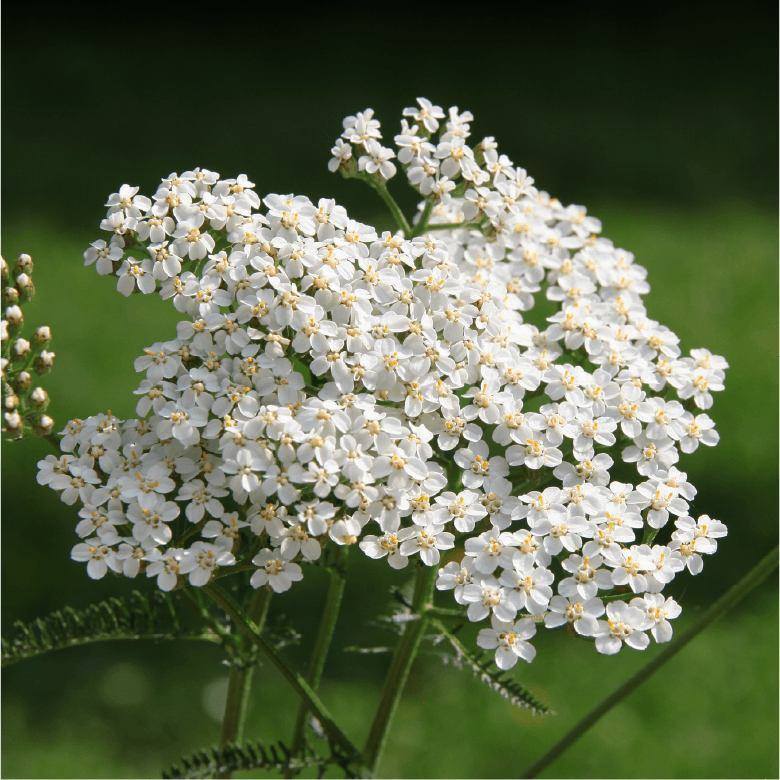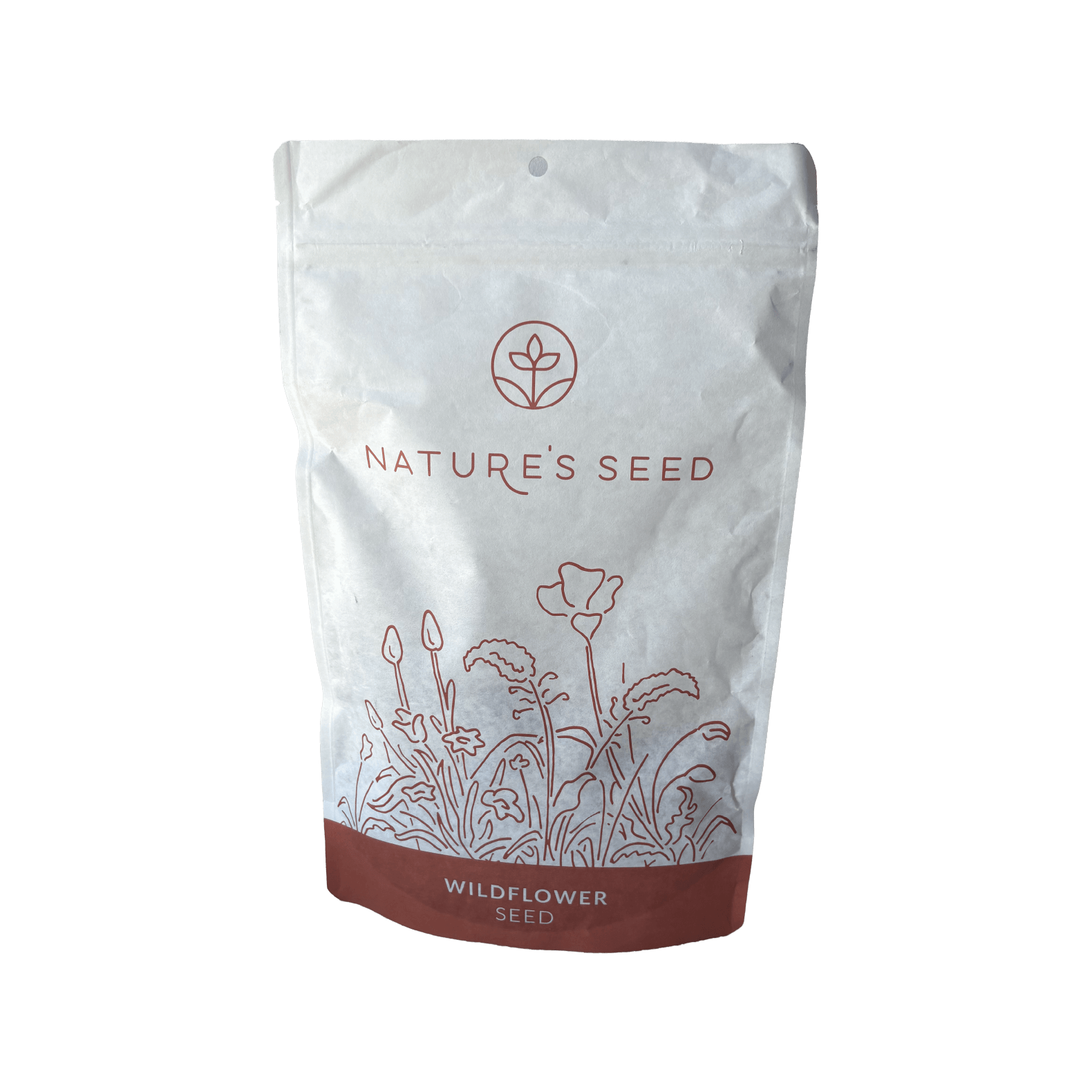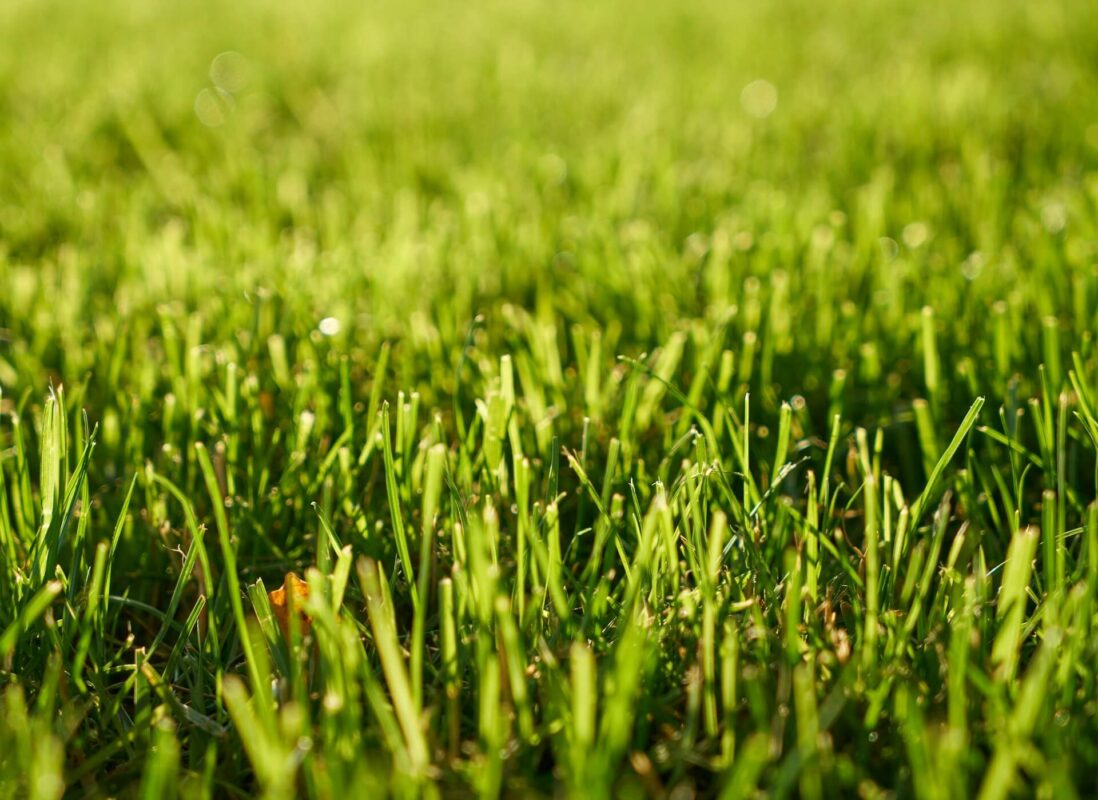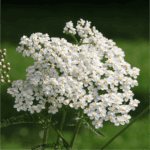
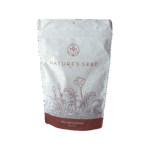
What is Western Yarrow?
Western Yarrow (Achillea millefolium) is a hardy perennial wildflower prized for its feathery foliage and clusters of creamy white blooms. A versatile native plant, yarrow thrives in a variety of soils and is drought-tolerant once established. It blooms from late spring through fall, attracting butterflies, bees, and other beneficial pollinators to the garden. Gardeners love yarrow for its low maintenance and resilience,and it can even handle coastal conditions and moderate shade. Use Western Yarrow in waterwise landscapes, wildflower meadows, or as a fragrant, long-blooming cut flower. This tough plant will spread slowly over time via rhizomes, creating a natural carpet of greenery topped with flat-topped flower clusters that add classic charm.
Specifications
Sun Requirement
Full Sun to Partial Shade
Soil Preference
Adaptable—sandy, loamy, or clay soils as long as well-drained
Soil pH
Neutral to slightly acidic to slightly alkaline (approx. pH 6.0–8.0)
Time to Maturity
~120 days from seed to first bloom
Height when mature
6 inches–2 ft tall
Seeding Rate
0.25–0.5 lb per acre
Planting Depth
Surface sow (needs light; do not cover)
Western Yarrow
Achillea millefolium | SKU: W-ACLA
Check your ZIP code to know if this seed works for you
Check Your ZIP Code
×Enter your ZIP code to see if this seed works in your region:
Why Choose This Seed?

Extreme Drought Tolerance
Thrives with very little water once established—ideal for xeriscaping and low-water gardens.
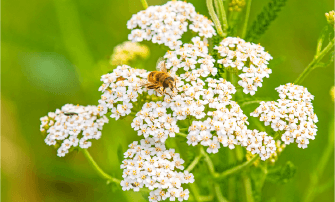
Pollinator Friendly
flat-topped flower clusters are like ‘landing pads for pollinators’, a favorite of butterflies, bees, and other beneficial insects. Birds love to eat the seeds when the flowers are done blooming.
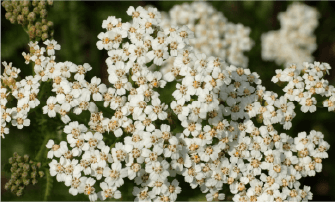
Deer and Rabbit Resistant
Yarrow has strongly aromatic foliage that deters browsing from common garden pests.
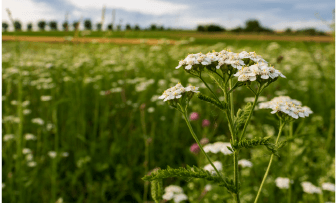
Long Blooming & Low Maintenance
Plant for year round blooms looms from late spring through fall with minimal care. Deadheading can extend bloom all the way through winter!
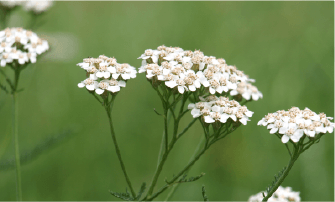
Versatile Native Groundcover
preads gradually by rhizomes to form a hardy groundcover for meadows and borders.
Seed Description
Product Details
Sun/Shade
Full Sun to Partial Shade
Height
6 inches –2 ft
Seeding Rate
0.25–0.5 lb per acre
Uses
Waterwise gardens, meadow plantings, erosion control, cut flowers
Color
White flower clusters; gray-green foliage
Water
Low—highly drought tolerant once established
Native/Introduced
Native to North America (Western U.S.)
Life Form
Herbaceous perennial wildflower
Planting Guide
When to Start & Weed Control
Start prepping your planting area in fall, so that you are ready to seed between late September and early February, when temperatures cool and rain is on the horizon.
Weed your growing area BEFORE planting any native seeds. We recommend not only pulling visible weeds but also “flushing out” the weed seeds that are waiting in the soil. Irrigate the area and wait for weed seeds to germinate, then remove them using your method of choice. Irrigate again, wait, and perform another round of weed control. Repeat 2-3 times.
Soil Prep
Ensure your soil is as bare as possible for the maximum amount of seed-to-soil contact. If the entire area can’t be completely cleared, rake out as much dead plant material from the area as you can to create bare patches of soil for the seed to make contact with. For best results, the soil should be easily crumbled and not heavily compacted.
Seeding
It is best to seed onto slightly damp soil. If necessary, water the top 1/4 inch of soil before seeding. Scatter seed directly on the soil surface and rake gently or lightly press the seed into the soil. Do not bury the seed deeper than 1/4 inch into the soil.
Water
After planting, keep the top 1/4 inch of soil consistently moist until the seeds have germinated and the first true leaves have emerged. A good rule is to water lightly every day intul the seedlings are an inch high, then you can reduce watering to every 3 days. Skip days when it rains. Within 6 weeks after germinating, your plants should need only occasional watering. Don’t over-water your plants, especially in summer.
Questions & Answers
Is yarrow invasive?
Yarrow can spread by rhizomes and self-seeding but is easily controlled by dividing clumps or mowing.
Will yarrow grow in shade?
Yarrow prefers sun but tolerates partial shade; too much shade reduces flowering, emphasizing the green-silver foliage.
How often should I water yarrow?
Very sparingly once established—rely on rainfall.
Do you cut back yarrow after flowering?
Deadheading prolongs bloom; cut stems in late fall if desired.
Is yarrow deer resistant?
Yes—aromatic foliage deters deer and rabbits.
Can yarrow be used as a lawn alternative?
Though uncommon, some gardeners use yarrow as a kind of lawn substitute for low-traffic areas. However, it requires more frequent irrigation to achieve a ‘green carpet’ look.
Still have
questions?
Our planting experts
are here to help.
customercare@naturesseed.com
Response time:
Within 1 business day
Reviews
| Coverage Area | , , |
|---|
Related Products
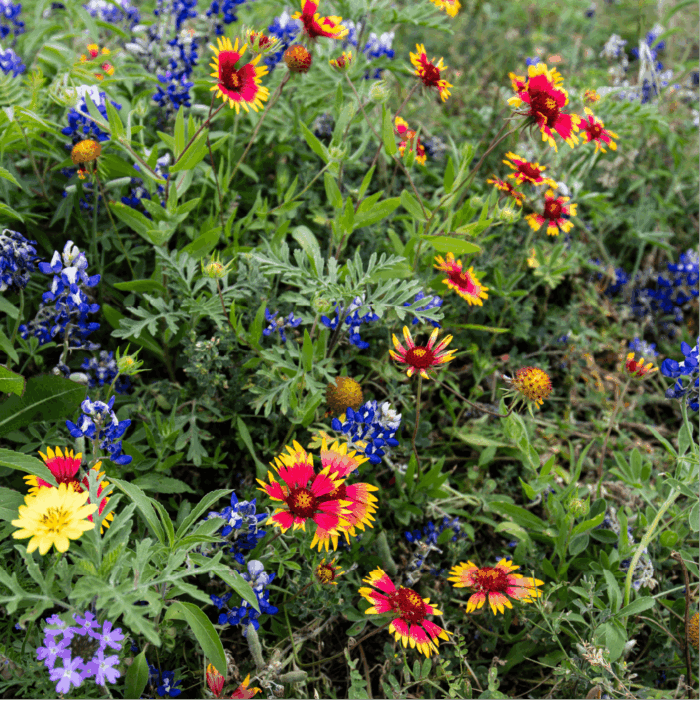
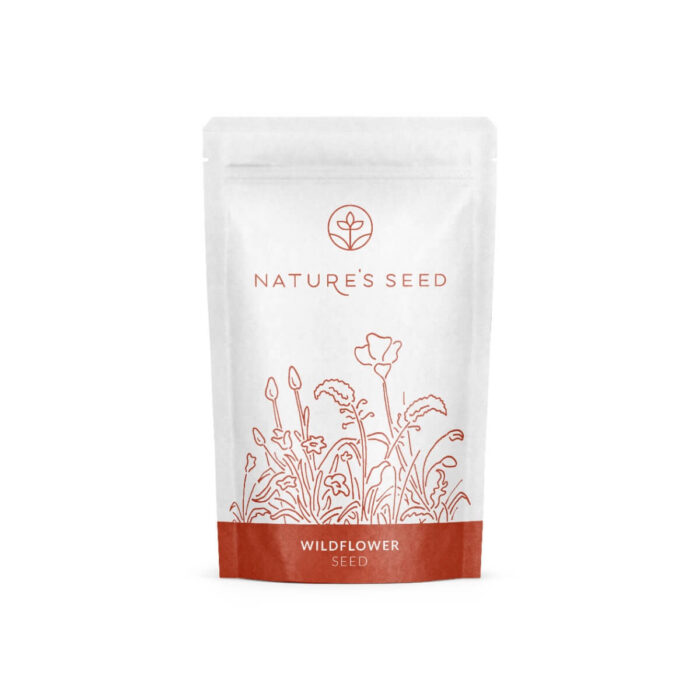
Annual Wildflower Mix
(4.7) - 145 reviews
$25.99/lb
Cattle, Poultry, Sheep
Northern USDA Regions (3-5), Southern USDA Regions (8-10), Transitional USDA Regions (6-8)
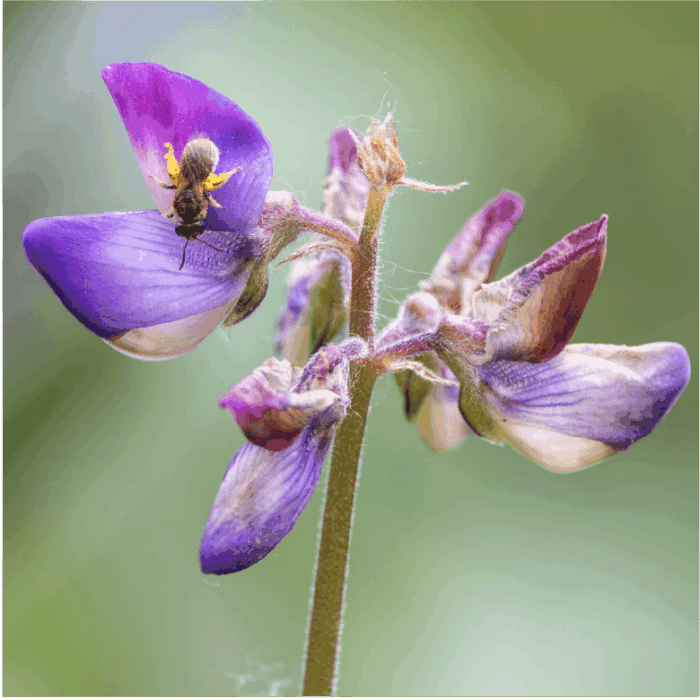
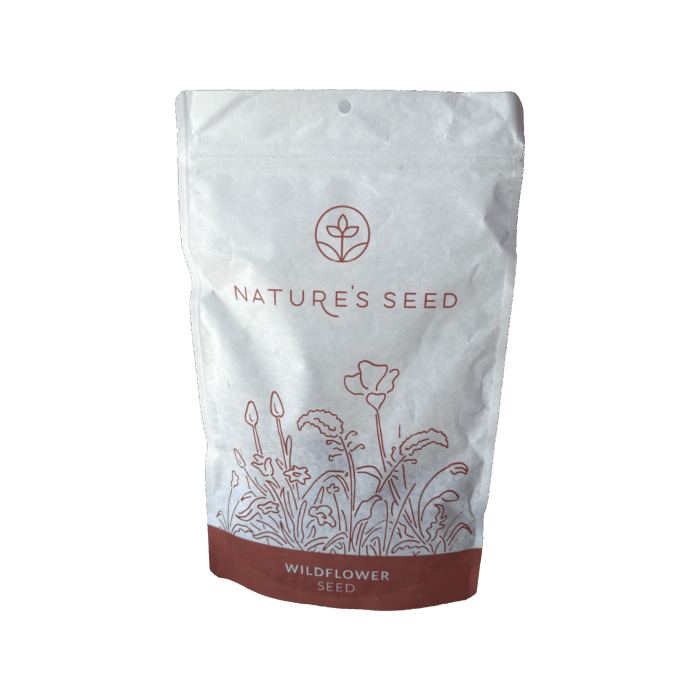
Arroyo Lupine
(4.7) - 145 reviews
$51.96/lb
Wildflower displays, restoration, slope stabilization, pollinator gardens
Southern USDA Regions (8-10), Transitional USDA Regions (6-8)
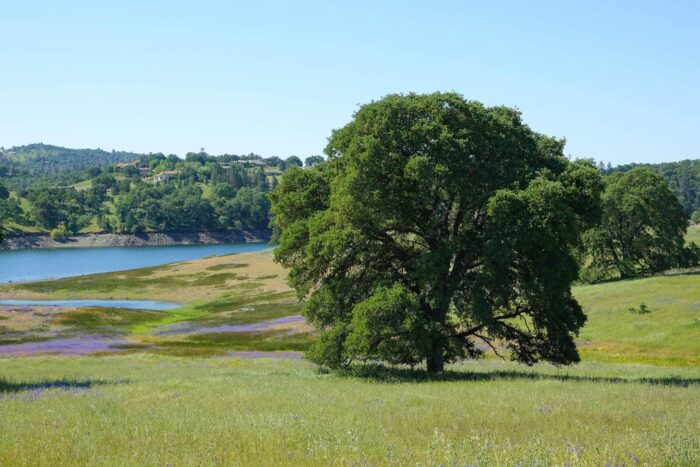
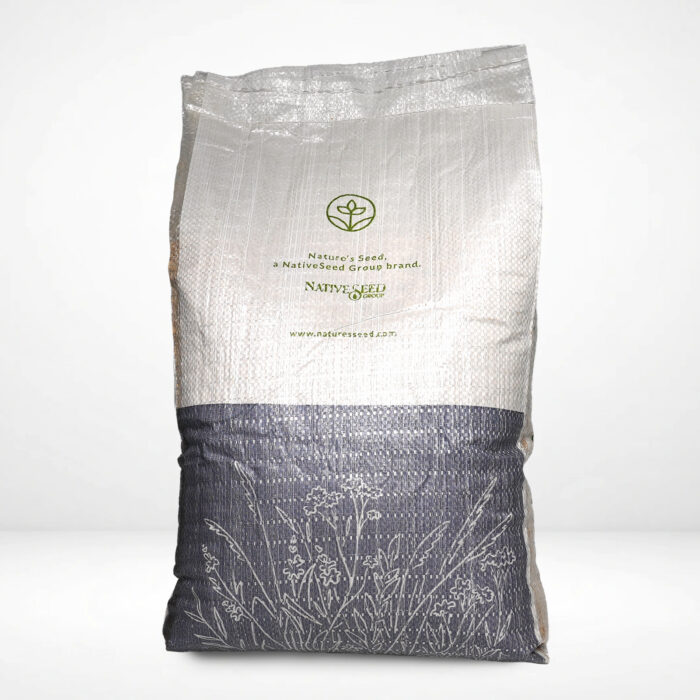
California Habitat Mix
(4.7) - 145 reviews
$55.00/lb
Habitat restoration, Erosion control, Sustainable landscaping, Wildlife Corridors, Native Meadows
Southern USDA Regions (8-10), Transitional USDA Regions (6-8)
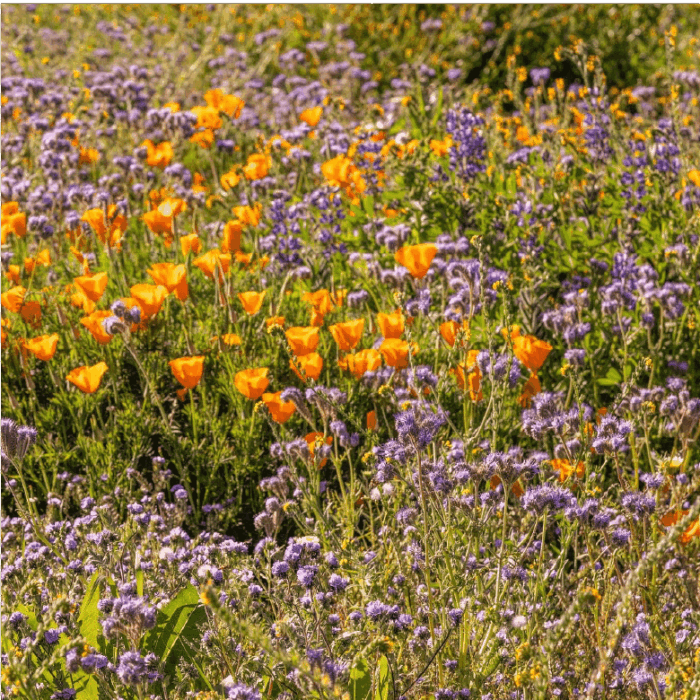

Central Valley Pollinator Mix (Xerces Society)
(4.7) - 145 reviews
$100.00/lb
Pollinator habitat (farms/orchards), wildflower meadows, restoration areas
Southern USDA Regions (8-10), Transitional USDA Regions (6-8)
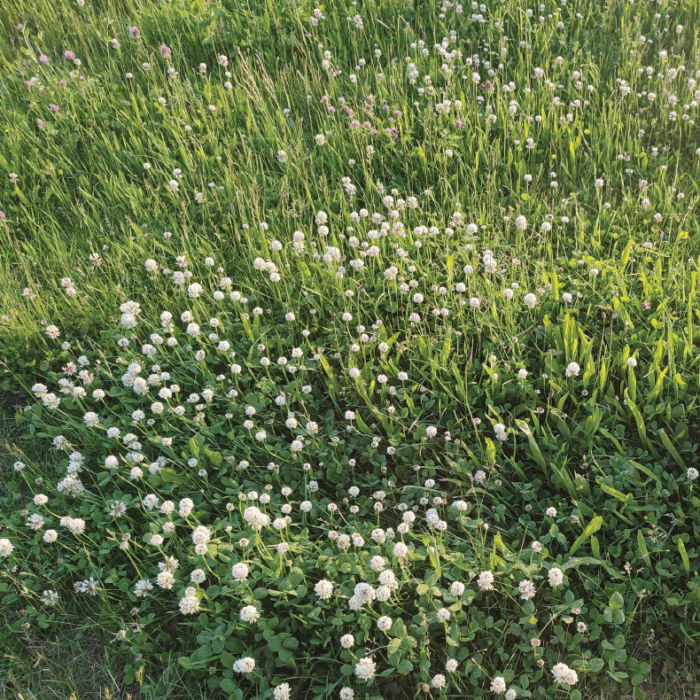

White Clover
(4.7) - 145 reviews
$6.99/lb
Pasture improvement, soil builder, cover crop, green manure, pollinator habitat, lawn alternative, living mulch, wildlife food plot
Northern USDA Regions (3-5), Southern USDA Regions (8-10), Transitional USDA Regions (6-8)
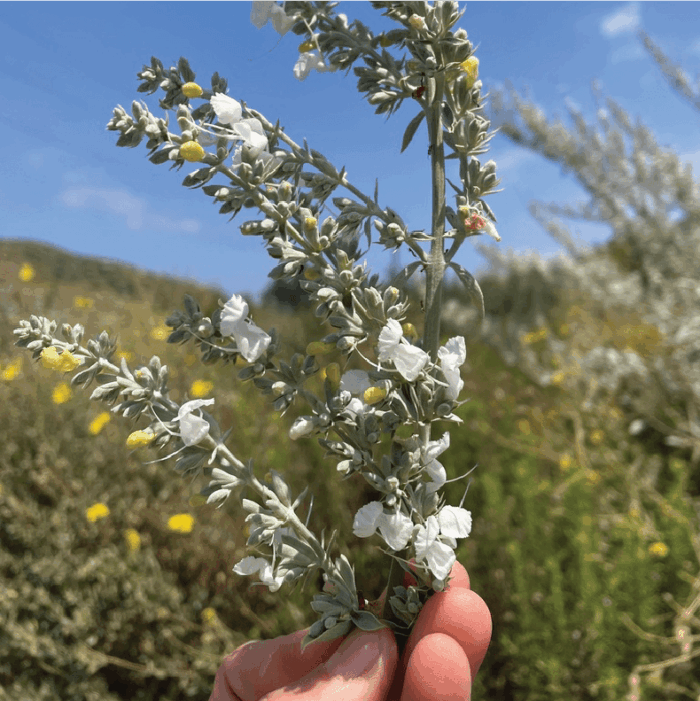

White Sage
(4.7) - 145 reviews
$111.96/lb
Drought-tolerant landscapes, habitat gardens, sensory/herb gardens, dry slopes
Southern USDA Regions (8-10), Transitional USDA Regions (6-8)
